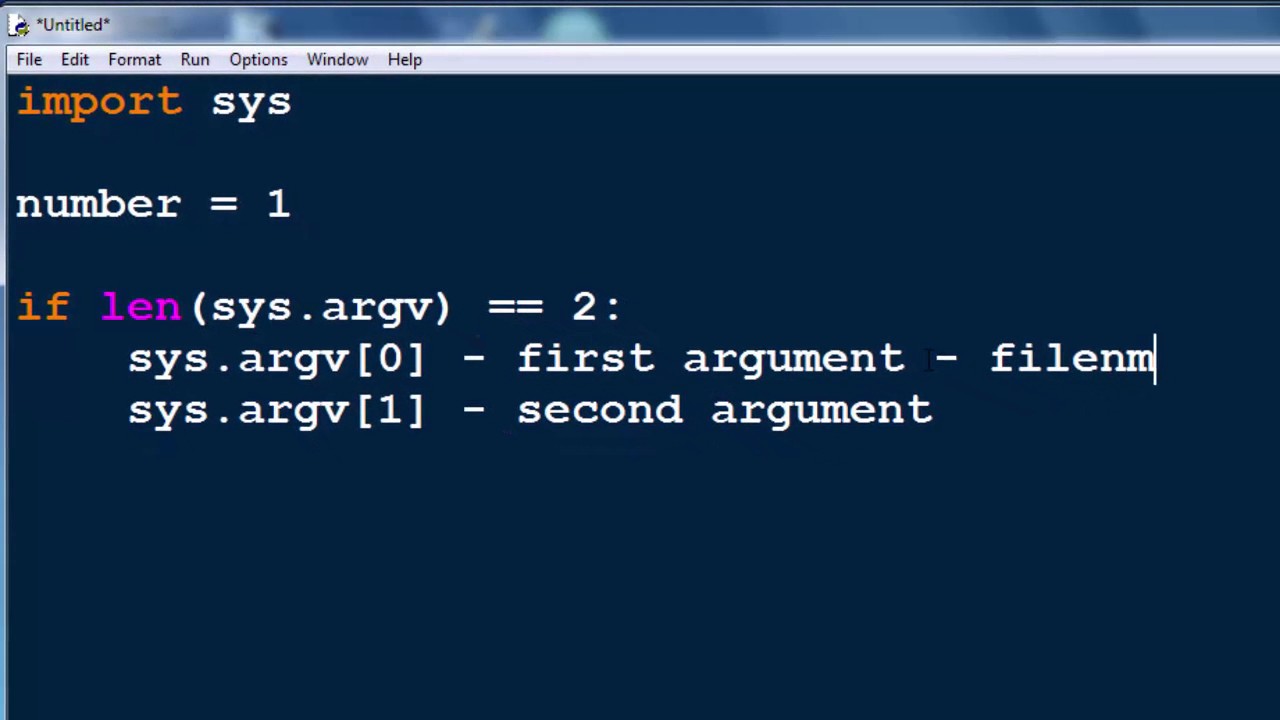

C: indicates temporary changes to the directory. The manifest file includes name-value pairs. V: generates verbose output to standard output. Let's briefly review/explain the JAR tool options we have used:Ĭ: indicates we want to create a new JAR file. src/main/resources/META-INF/MANIFEST.MF -C. We go back to the command line and execute the following command: $jar cvfm ExecutableOne.jar. The second step is to create an executable JAR file from the resources located inside the OUT directory. You can check it by using the ls command. The project has been compiled into the OUT directory. Let's go back to our command line and, inside the root of the project, type: $javac -cp. Meanwhile, we'll store the output in the OUT folder. To do so, we need to first compile the project by using javac. The LIBS folder in our project structure is still empty. Now, we create the JAR file without any *.jar library. Main-Class: There is the name of the class that the launcher will load at the startup time. For these purposes, a simple linear search algorithm has been used. Originally, the class loader downloads and opens each element in its search path. Manifest-Version : manifest file version.Ĭlass-Path: The application or extension class loader uses the value of this attribute to construct its internal search path. We're not going into deep details - let's stay focused on the options we have defined.

The MANIFEST.FM file contains details on how the JAR file will be used. Note: There will be the only one MANIFEST.FM file per JAR file. Let's open the newly created MANIFEST.FM file and put in a basic description. Inside the folder SRC/MAIN/RESOURCES, we create the META-INF folder, and then inside, we place MANIFEST.FM file there. The package can be found in the folder SRC/MAIN/JAVA of our sample project structure. The example project structure is following the Maven Standard Directory Layout structure./libsĪs our intent is to create an executable JAR file, we have to create a main class. Opening up your comand line, let's start with creation of a simple project folder: executable-one. The goal of this first part is to create an executable JAR file. What will you do then ? Part 1: Compile ExecutableOne.jar ( GitHub) But let's say you only have the command line and no Internet access. The most famous IDEs (IntelliJ, Eclipse, or NetBeans) offer building tools and implementation immediately. In the world of build tools ( Ant, Maven, or Gradle) it might not even seem useful to think about the command line.
COMMAND LINE ARGUMENTS INTELLIJ ARCHIVE
This article is a unification of my blog posts reviewing the possibility of creating fat JARs (Java Archive file) in Java without using any additional plugin, IDE, or any other tool - just pure command line and Java.


 0 kommentar(er)
0 kommentar(er)
